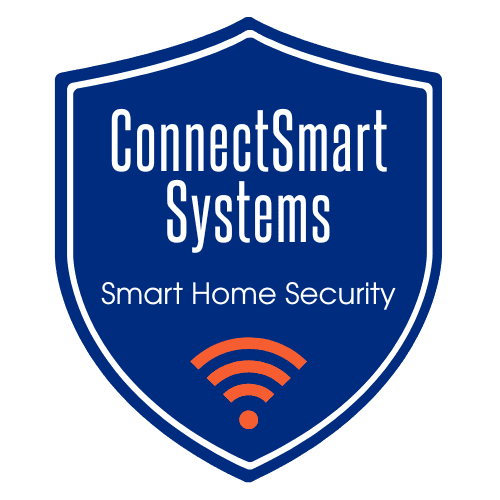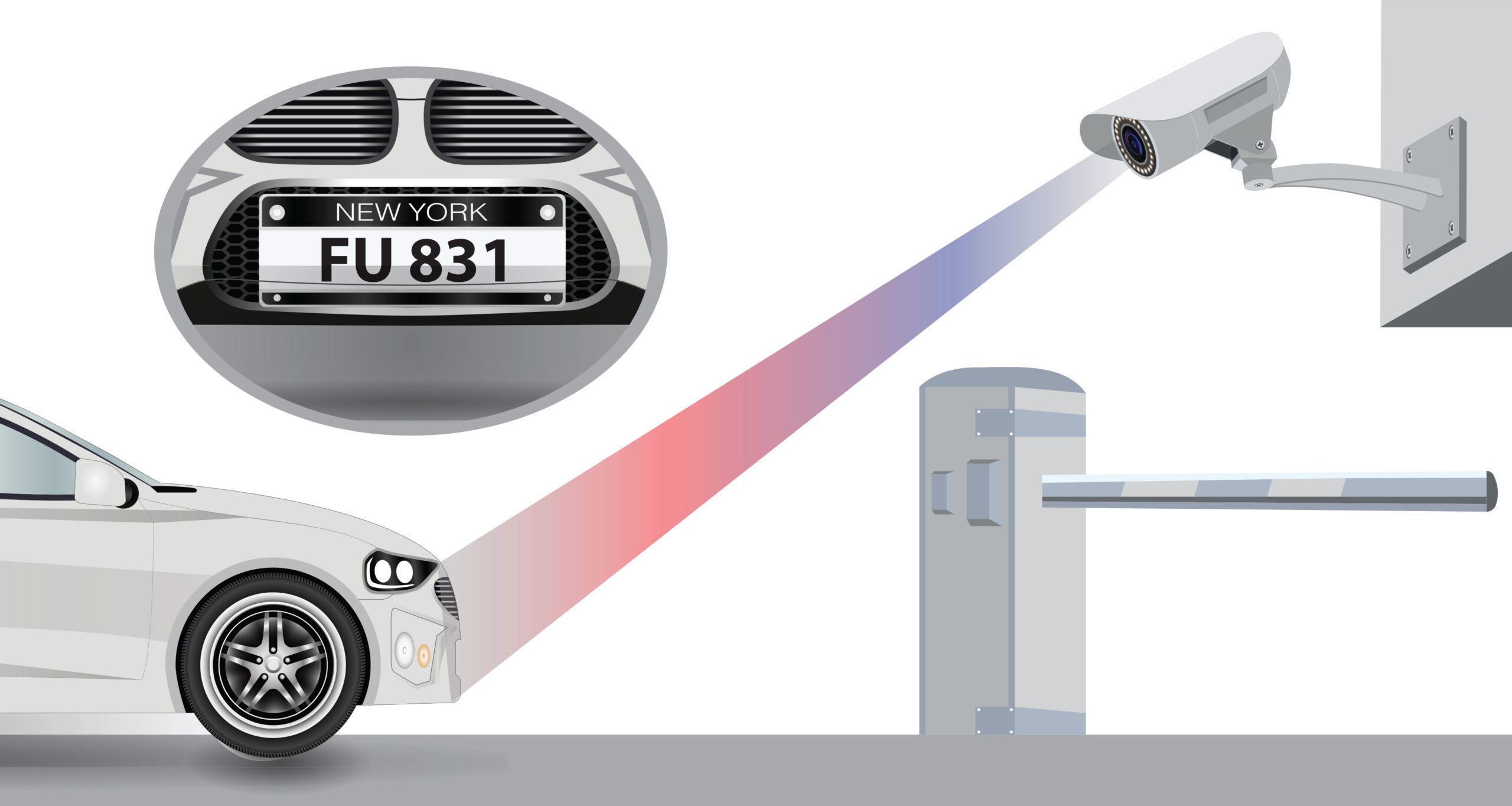License Plate Reader (LPR) technology enhances operational efficiency and security and is emerging as a game-changer for various businesses. Utilizing AI-driven video surveillance, LPR systems offer an innovative way to streamline processes, improve customer experiences, and enhance security measures. In this blog, we’ll explore five compelling ways license plate readers can benefit your business, creating a seamless blend of convenience and security.
What Are License Plate Readers?
License plate readers are advanced systems equipped with high-resolution cameras and AI algorithms designed to capture and analyze vehicle license plates. These systems can automatically recognize and record license plates, allowing businesses to monitor vehicle access and streamline operations. With the ability to integrate with existing security systems, LPR technology provides a powerful tool for enhancing operational efficiency.
1. Streamlining Customer Interactions
Imagine a car wash that uses LPR technology to verify registered customers. Upon arrival, the system automatically recognizes the customer’s license plate, granting access to the wash without the need for any further interaction. This not only saves time for customers but also enhances their experience, creating a seamless service process. Businesses can leverage this technology to reduce wait times and enhance customer satisfaction, leading to increased loyalty and repeat business.
Example: Automatic Car Wash Access
When a customer drives into a car wash that utilizes LPR technology, the system recognizes their vehicle as a registered customer. Instantly, the wash starts without requiring the customer to stop and interact with an attendant. This not only speeds up the process but also minimizes labor costs, allowing staff to focus on other essential tasks.
2. Parking Reservations Made Simple
For businesses that manage parking facilities, LPR technology can revolutionize the reservation process. By verifying license plates against a reservation database, garages can automatically confirm parking spots and streamline access for guests.
Example: Confirming Parking Reservations
A parking garage that integrates LPR technology can automate the check-in process for customers with reservations. Upon arrival, the system scans the vehicle’s license plate, matches it to the reservation, and opens the barrier gate. This enhances the efficiency of parking operations and provides a better experience for customers who can arrive and park without delays.
3. Enhancing Customer Check-ins
Service-based businesses, such as car dealerships, can significantly benefit from license plate readers by streamlining customer check-ins. When customers arrive for scheduled appointments, the LPR system can quickly verify their vehicle, allowing staff to focus on providing exceptional service instead of managing check-in procedures.
Example: Car Dealership Service Check-ins
When a customer arrives at a car dealership for a scheduled service, the LPR system recognizes their vehicle and alerts the service team. This allows staff to prepare for the customer’s arrival, ensuring a smooth and personalized experience. As a result, dealerships can improve customer satisfaction and operational efficiency.
4. Securing Access to Residential Areas
For apartment complexes and gated communities, LPR technology can enhance security by controlling access to the premises. Only vehicles with registered license plates can enter, ensuring that unauthorized vehicles are automatically denied entry.
Example: Automated Gate Access for Apartment Complexes
An apartment complex can implement LPR systems at entry points to automatically recognize registered vehicles. When a resident arrives, the system scans their license plate and opens the gate, while unregistered vehicles are flagged for further review. This significantly enhances security and provides peace of mind for residents.
5. Verifying Reserved Parking Spaces
In business parking lots, LPR technology can ensure that reserved spaces are utilized correctly. By verifying license plates against a reservation list, businesses can prevent unauthorized vehicles from occupying designated spots.
Example: Reserved Parking Verification
A company that offers reserved parking for employees can use LPR technology to monitor compliance. When a vehicle enters the lot, the system checks its license plate against the list of authorized vehicles. If the vehicle is unauthorized, the system can send an alert to security personnel, ensuring that reserved spaces remain available for those who need them.
High Security Features and Ease of Use
Beyond enhancing operational efficiency, LPR technology boasts robust security features. The integration of AI allows for real-time monitoring and alerts for unauthorized access attempts. Additionally, searching past occurrences is incredibly straightforward. Users can easily look up vehicle history by license plate number, make, model, and color, providing valuable insights for security personnel. This capability makes it easier to track suspicious activities and enhances overall safety for businesses and their customers. Check out this example, amongst many others, of Make, Model, and Color Recognition (MMCR) in LPR Technology: https://digital-watchdog.com/page/ANPR_MMCR/.
The Benefits of LPR are Substantial
License plate reader technology is a powerful tool that can transform how businesses operate. We’ve reviewed just 5 examples of how LPR Technology can be used, but there are many more. From streamlining customer interactions and automating parking processes to enhancing security and verifying authorized access, the benefits are substantial. By implementing LPR systems, businesses not only improve operational efficiency but also create a more secure environment for their customers and employees.
If you’re ready to unlock the potential of license plate readers for your business, ConnectSmart Systems is here to help. Visit our website at https://connectsmartsystems.com to learn more about our innovative solutions tailored to your needs!


